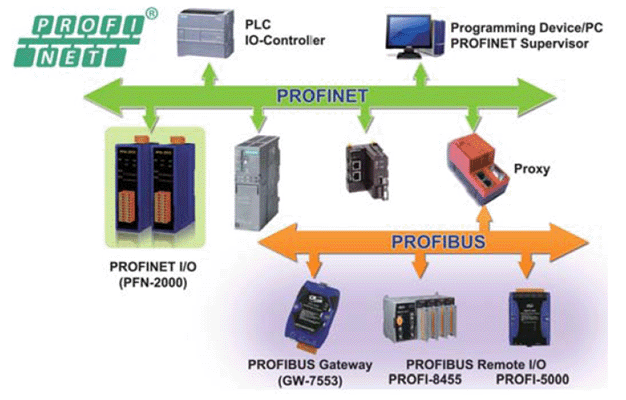Posted on 21st Dec 2023

An inverter drive, also known as a variable frequency drive (VFD) or adjustable frequency drive (AFD), Darwin Motion Micro Drive- Matrix 900, DR Matrix 350 / Solar Drive, High Frequency Drive - DR Matrix 500, High Performance Drive - DR Matrix 680, Regenerative Drive - DR Matrix 880 is an electronic device used to control the speed and torque of electric motors. It achieves this by adjusting the frequency and voltage supplied to the motor, allowing for precise control of motor speed and, consequently, the speed of connected machinery or equipment.
Here's a breakdown of how an inverter drive works:
Rectification: The incoming AC power is converted to DC through a rectifier.
Inversion: The DC power is then inverted back to AC through an inverter, but the frequency and voltage can be adjusted.
Output to Motor: The controlled AC power is supplied to the electric motor, enabling the user to vary the motor speed and torque.
Inverter drives offer several advantages, including energy savings, improved process control, and reduced mechanical stress on the driven equipment. By adjusting the frequency and voltage, the motor operates at its optimal speed for a given task, which can lead to energy efficiency and cost savings. In industrial applications, inverter drives are commonly used in pumps, fans, conveyors, and other equipment where variable speed control is beneficial.
These devices are an integral part of modern industrial automation and process control systems, contributing to better efficiency, precision, and flexibility in various applications.
Inverter drives, also known as variable frequency drives (VFDs) or adjustable frequency drives (AFDs), come with a variety of features that contribute to their versatility and effectiveness in controlling electric motors. Here are some common features found in inverter drives:
Variable Speed Control:
The primary function of an inverter drive is to provide variable speed control for electric motors. This allows the motor to operate at different speeds based on the requirements of the application, leading to energy savings and improved efficiency.
Torque Control:
In addition to speed control, inverter drives can also provide precise torque control, allowing for better performance in applications where specific torque levels are crucial.
Acceleration and Deceleration Control:
Inverter drives offer adjustable acceleration and deceleration rates, allowing for smooth and controlled starts and stops. This feature helps reduce mechanical stress on the motor and connected equipment.
Forward/Reverse Operation:
Many inverter drives support both forward and reverse motor operation, providing flexibility in applications where bidirectional movement is required.
Programmable Logic Control (PLC):
Some advanced inverter drives come with built-in programmable logic control capabilities. This allows for the creation of custom control sequences, automation logic, and integration with other control systems.
PID Control:
Proportional-Integral-Derivative (PID) control is often included in inverter drives for applications that require precise control of process variables, such as pressure, temperature, or flow.
Communication Protocols:
Inverter drives often support various communication protocols, such as Modbus, Profibus, or Ethernet/IP, enabling integration with control systems and communication networks.
Energy Saving Modes:
Many inverter drives include energy-saving modes, such as sleep mode or automatic optimization, which help further reduce energy consumption during periods of lower demand.
Fault Diagnostics and Protection:
Inverter drives come with built-in diagnostic tools to monitor the health of the system. They also incorporate protection features, such as overcurrent protection, overvoltage protection, and fault detection, to safeguard the motor and the drive itself.
User Interface:
Inverter drives typically have a user interface for setting parameters, monitoring performance, and troubleshooting. This interface may include a digital display, keypad, and navigation buttons.
Motor Parameter Auto-Tuning:
Some inverter drives feature auto-tuning capabilities that automatically adjust parameters to optimize motor performance and efficiency.
Remote Monitoring and Control:
Advanced inverter drives may support remote monitoring and control, allowing users to access and control the drive from a remote location through a computer or mobile device.
Regenerative Braking:
In applications where braking energy can be recovered, some inverter drives support regenerative braking, which converts the braking energy into electrical energy and feeds it back into the power supply.
These features collectively make inverter drives versatile and adaptable to a wide range of applications, providing benefits such as energy savings, process control improvement, and increased equipment lifespan. The specific features available can vary depending on the make and model of the inverter drive.